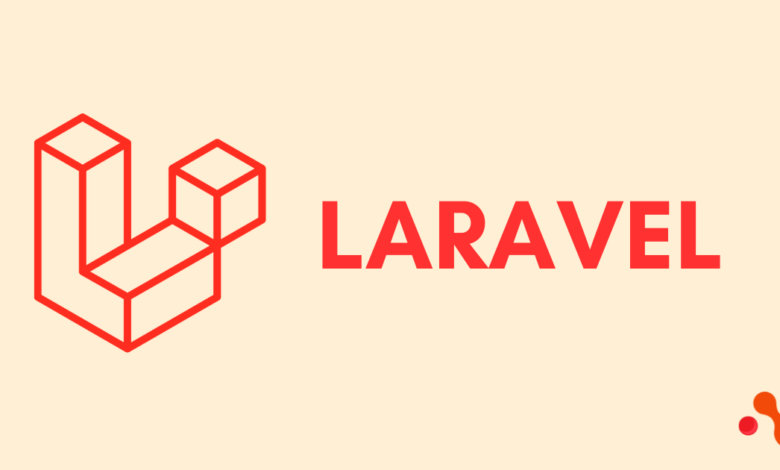
Introduction
Welcome to our blog on Laravel databases! If you’re a web developer or have been exploring the world of web development, you might have come across Laravel. It’s a powerful PHP framework that simplifies web development tasks. Today, we’ll be discussing an essential aspect of building Laravel applications – choosing the right Database Management System (DBMS). The database is the backbone of any web application, and making the right choice is crucial for its performance and scalability. In this blog, we’ll guide you in making an informed decision for your Laravel project’s database needs.
Understanding Database Management Systems
A. Database Management System (DBMS) Explanation:
- A DBMS is software that manages data, allowing users to store, access, and manipulate information in databases.
- It acts as an intermediary between the application and the underlying database, handling data organization and retrieval.
B. Types of DBMS:
- Relational Databases:
- Structured data organized in tables with rows and columns.
- Examples: MySQL, PostgreSQL, SQLite.
- Suitable for applications with well-defined data relationships.
- NoSQL Databases:
- Handle unstructured or semi-structured data.
- Examples: MongoDB (document-based), Redis (key-value), Cassandra (column-family).
- Ideal for applications with changing data or huge amounts of unstructured data.
- NewSQL Databases:
- Combine the benefits of both relational and NoSQL databases.
- Examples: CockroachDB, TiDB.
- Great for scalable applications demanding ACID transactions.
C. Popular Databases in Each Category:
- Relational: MySQL is widely used for its performance and ease of use. PostgreSQL offers advanced features and extensibility. SQLite is lightweight and suitable for small applications.
- NoSQL: MongoDB is known for its flexibility and scalability. Redis excels in caching and real-time data needs. Cassandra is robust and designed for distributed environments.
- NewSQL: CockroachDB provides strong consistency and scalability. TiDB offers distributed SQL and horizontal scalability.
Understanding the different types of DBMS will help you make an informed choice while building your Laravel application.
Key Considerations for Choosing a DBMS in Laravel
In your quest to create a successful Laravel application, selecting the right Database Management System (DBMS) plays a vital role. Let’s break down the key considerations in simple terms, so you can make an informed decision:
A. Data Structure and Relationships
- Determine how your data will be organized and connected within the application.
- Define relationships between different data entities for efficient data retrieval and management.
B. Scalability and Performance
- Take into account the expected amount of data and traffic your application will handle.
- Evaluate how well each DBMS can handle increasing data and users while maintaining performance.
C. Data Integrity and Transactions
- Ensure that your data remains accurate and consistent throughout the application.
- Look for DBMS support for transactions to safeguard critical operations.
D. Flexibility and Schema Changes
- Consider the need for flexibility in adapting your database schema as your application evolves.
- Check how easily each DBMS handles schema changes and migrations.
E. Ecosystem and Community Support
- Assess the tools, plugins, and libraries available in the Laravel ecosystem for each DBMS.
- Opt for a DBMS with a strong community and active support to troubleshoot issues effectively.
In conclusion, making the right choice of a DBMS for your Laravel application is essential for its success. By considering data structure, scalability, data integrity, flexibility, and ecosystem support, you can ensure a smooth and efficient development process.
Comparing Relational, NoSQL, and NewSQL Databases
A. Relational Databases
- Relational databases like MySQL, PostgreSQL, and SQLite are widely used in Laravel development services for their strong data integrity and ability to handle complex relationships.
- Advantages: Well-established, ACID-compliant, suitable for applications with structured data and defined relationships.
- Use cases: E-commerce platforms, content management systems, and applications with extensive data relationships.
- Challenges: Scaling can be challenging for high-traffic applications, and complex queries might slow down performance.
B. NoSQL Databases
- NoSQL databases like MongoDB, Redis, or Cassandra offer flexibility and scalability for Laravel development company projects.
- Overview: These databases store unstructured or semi-structured data, allowing for agile development and quick schema changes.
- Strengths: High scalability, fast performance for large datasets, and support for distributed systems.
- Use cases: Real-time analytics, social media platforms, and applications with rapidly changing data.
C. NewSQL Databases
- NewSQL databases like CockroachDB or TiDB combine the best of both worlds—scalability of NoSQL and ACID compliance of relational databases.
- Concept: NewSQL databases maintain strong consistency while scaling horizontally.
- Benefits: Seamless scaling, fault-tolerance, and high availability make them suitable for modern Laravel projects.
- Use cases: Applications requiring high write throughput, global data distribution, or handling high concurrency.
Remember to evaluate your project’s specific requirements and hire Laravel developers who can help you choose the most appropriate database system.
Making Your Decision
When it comes to choosing the right Database Management System (DBMS) for your Laravel project, consider the following essential factors to ensure a successful outcome:
A. Key Factors to Consider:
- Data Structure and Relationships: Analyze how your data will be organized and related in the application. This will influence your choice of DBMS.
- Scalability and Performance: Consider the expected data volume and traffic. Choose a DBMS that can handle your project’s growth.
- Data Integrity and Transactions: Ensure your chosen DBMS supports transactions to maintain data consistency.
- Flexibility and Schema Changes: Opt for a DBMS that allows easy schema changes and migration as your project evolves.
- Ecosystem and Community Support: Look for a DBMS with robust Laravel integration and an active community to assist in case of issues.
B. Assess Your Project’s Needs:
- Understand the specific requirements of your Laravel project and the type of data it will handle.
- Consider the size of your team and their expertise in managing different DBMS options.
C. Importance of Testing and Benchmarking:
- Before finalizing your decision, conduct tests and benchmarks with representative data to assess performance.
- This ensures you choose a DBMS that aligns perfectly with your project’s needs.
Remember, selecting the right DBMS is crucial for the success of your Laravel development services. Take your time, evaluate the options, and consider seeking assistance from a reputable Laravel development company or hire Laravel developers with expertise in this area.
Conclusion
In conclusion, choosing the right Database Management System (DBMS) for your Laravel project is crucial to its success. The DBMS serves as the backbone of your application, handling data storage, retrieval, and performance. By understanding your project’s specific needs, data relationships, scalability requirements, and community support, you can make an informed decision.
Remember, each DBMS type – relational, NoSQL, or NewSQL – has its unique advantages. So, take the time to evaluate and test different options. We encourage you to share your experiences and thoughts with us, as together, we can build better Laravel applications.




